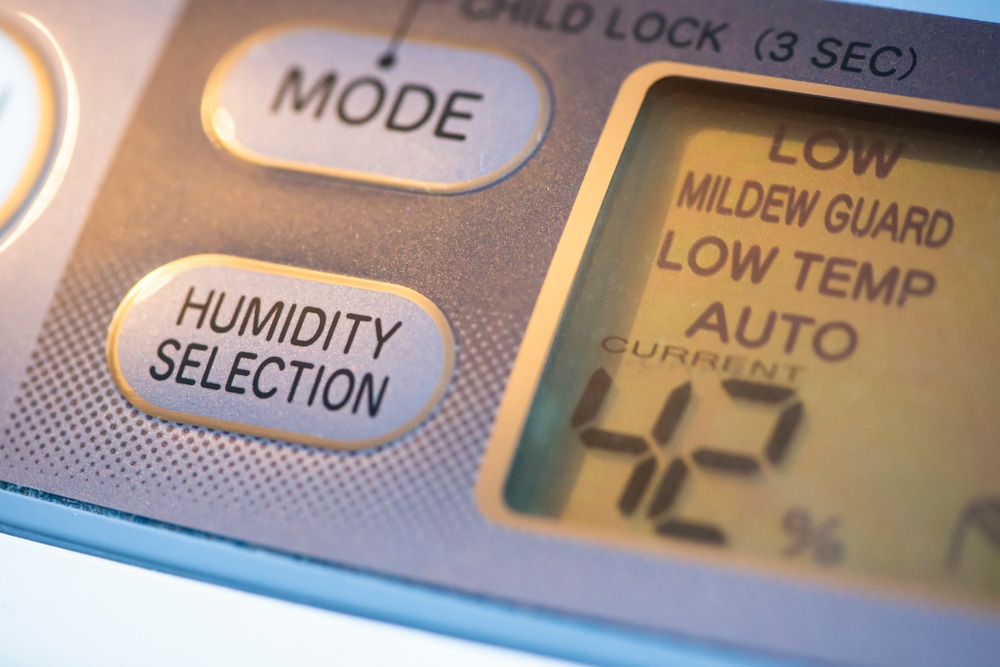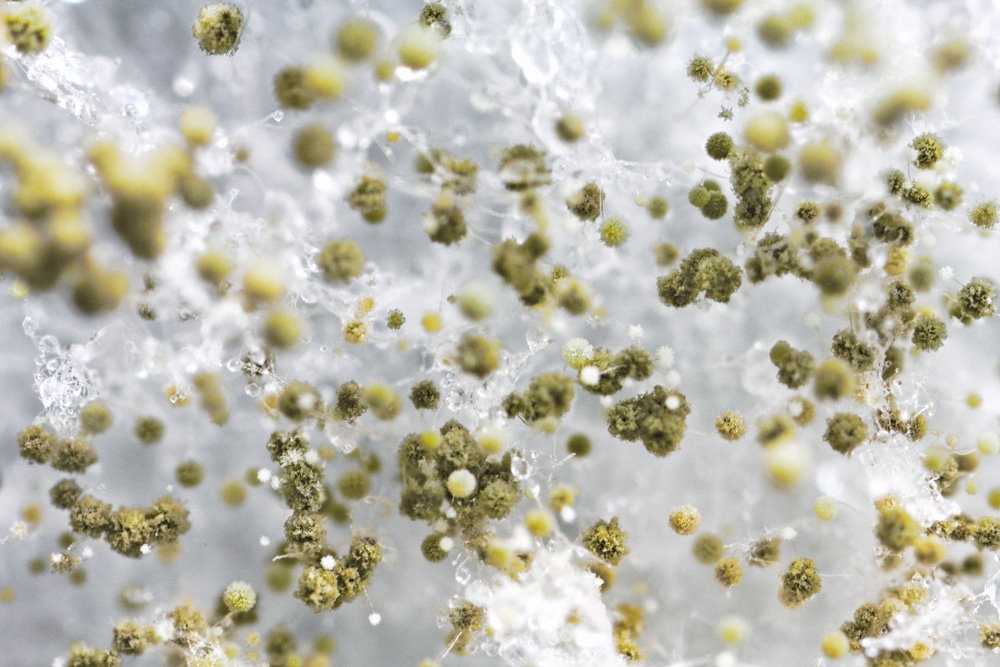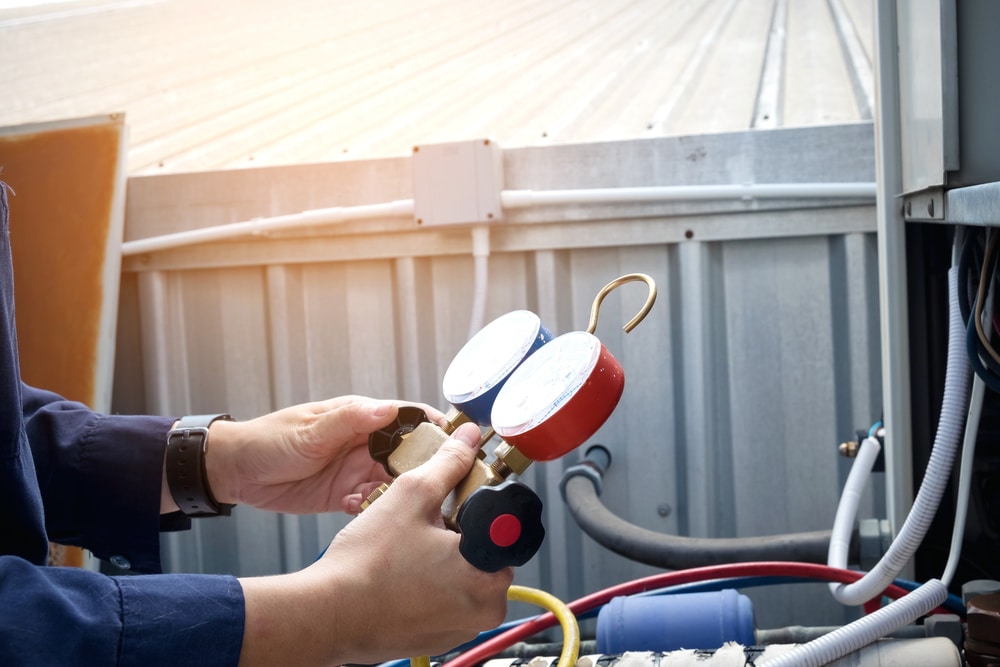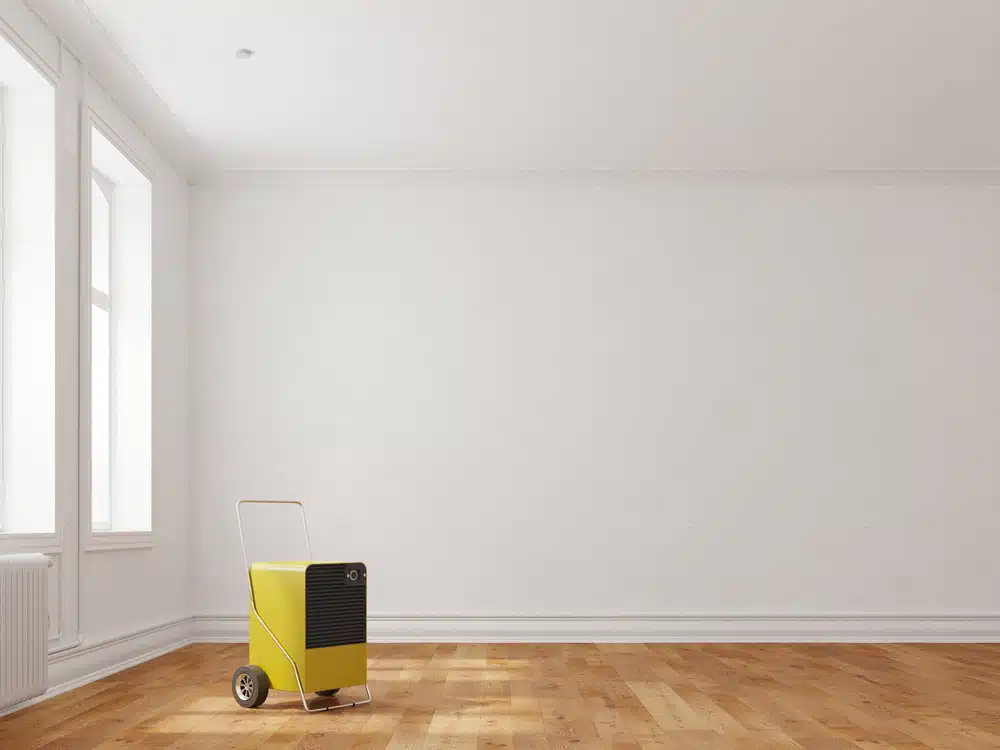Positive Input Ventilation vs Dehumidifier: Which Is Better for My Home?
Reducing unnecessary humidity in the home is a key factor in the prevention of condensation and mould. So which mechanism is the best to use? Or does it effectiveness depend on your circumstances?
In this blog, we will address Positive Input Ventilation vs Dehumidifier: Which is better for my home?
With new buildings being made to be as energy efficient as possible, and the UK aiming for 95% of its electricity usage to be low carbon by 2030, it is imperative to understand how we can make the most of our ventilation.
To prevent mould, fresh air should constantly be introduced into your dwelling daily, as it helps to regulate temperature and reduce condensation. Introducing fresh air can be as simple as having a ventilation routine, or installing extractors or PIV systems.
This is where I-Sells comes in, as the UK’s leading ventilation and ducting supplier we take pride in not only sharing our solutions, but also the critical information that you need.
What is a PIV unit?
A PIV unit is a ventilation system that optimises airflow by extracting stale, humid air, and replaces it with air that it has extracted from outside. This outside air is passed through a filter to ensure there are no pollutants entering your home.
Furthermore, PIV units also have temperature settings which ensure that the fresh air entering the home isn’t going to make it colder than it should be.
Here are some additional benefits of PIV units…
- Cures condensation dampness — PIV reduces the humidity in the air, curing condensation dampness and preventing mould growth.
- Improved indoor air quality and healthy living environment- Indoor pollutants from cooking and cleaning, as well as outdoor pollutants including pollen and Radon gas, are eradicated from the home.
- A unique cost-effective solution.
- Meets Regulations — Meets Part F & L of Building Regulations as a low-energy ventilation strategy.
- Easy & simple installation – Typically installed in under one hour.
- System controls located in the ceiling diffuser for easy commission and access for maintenance checks.
- Low maintenance — Filter clean or replacement every five years.
- Energy efficient — System goes into standby during warmer months when there is no evidence of condensation.
- Clinically proven to help allergy and asthma sufferers.
Positive Input Ventilation vs Dehumidifier : Which is better for my home?

Although both options serve towards the same end, which is to create and retain an environment in which mould can not thrive, they are not the same. To understand which is better for your home, we must understand the issue in your home.
If you are trying to reduce the humidity levels of a specific room, a dehumidifier may be the appropriate choice. But if you are looking for a safeguarding option that benefits your whole home, positive input ventilation is the right choice.
In certain instances, neither option may be able to fix the humidity of a home, this is only true if there is a consistent leak, as a result of a burst pipe, or water penetrating through the roofing or walls. The issue causing the moisture must be addressed in these instances.
Does PIV work faster than a dehumidifier?
The answer to this would likely be the PIV system, this is if each mechanism was placed in the same-sized space. Dehumidifiers need to be emptied every few hours, depending on the model in question.
Whereas PIV units constantly extract air and replace it, and it takes advantage of the fact that hot air rises.
Do I need to ventilate naturally when I have PIV or a dehumidifier?
In the case of a dehumidifier, the weather will affect whether you should ventilate naturally by opening a window. When it comes to a PIV unit, you do not need to open windows, but it will help the unit by removing any humid air that isn’t in the vicinity of the unit.
However, the air coming into the house will not be filtered like the air that the PIV unit outputs.
Are PIV units better than extractor fans?
In terms of function, yes, PIV units are better than an extractor fan. An extractor fan only extracts indoor air, whereas a PIV unit replaces this extracted air with fresh, filtered outdoor air.
Though it must be noted, the extractor fans we provide for your kitchen and bathroom are still worth having even if you have a PIV system. Here’s why.
Bathrooms generate a lot of steam through having baths and showers. Kitchens also generate a lot of steam as a result of cooking, boiling a kettle, using hot water etc. With that being said, as effective as PIV systems are, you shouldn’t neglect having certain individual rooms covered when it comes to extracting air.
Why is it important to prevent mould?

As you may know, these efforts in ventilation are here to prevent humidity, which in turn stops condensation from forming, which would eventually become mould. But why does mould need to be prevented in the first place?
If left to spread, mould can engulf a whole room, making surfaces sodden and slimy, the atmosphere humid and smelling foul. It does not settle, it continues to spread. But it doesn’t stop there.
Mould can have serious health effects on individuals, especially those with a compromised immune system, as well as mould allergies. Its spores can spread easily through the air, making it difficult to avoid.
Here are some signs that mould could be impacting you. It is more relevant if you didn’t have any of these issue until you had extended periods amongst mould.
- Hair thinning/ hair loss.
- Weaker immune system, more obvious if you go from rarely being ill to regularly being ill.
- A lingering cough.
- Unexpected skin rashes.
- A lack of vitality.
- Breathing that is slightly more laboured than usual.
- Breathing in the outdoors is more comfortable than breathing in the home with mould.
- Regular or increased instances of having phlegm in your throat without any illness or contaminants that affect your lungs, such as cigarettes.
These are just a handful of symptoms you can experience with mould allergies.
The most definitive way to understand if these issues are caused by mould, is by spending an extended period of time away from it, if those symptoms go, then you were being affected by an allergy to mould. Additionally, seek your doctor to see if the symptoms you are experiencing are due to other health issues.
Can mould or damp destroy my home?
Yes. To a degree. If left long enough, and the damp/mould finds its way onto softer surfaces that easily absorb moisture, over time, these surfaces will become weaker due to the moisture. Whether this be a wooden joint, or plasterboard.
Mould may not destroy your hose from its roof to its foundations, but it will severely compromise any area it can thrive in.
Purchase PIV units and more

At I-Sells, all things ventilation and ducting related is our speciality, we are here to answer the questions we know are common for those new to HVAC and what it encompasses.
We at I-Sells endeavour to ensure our customers have all the information they require before investing in our mould solutions. Be sure to visit our blog page to learn about the vast array of factors and issues surrounding ventilation, mould, condensation, and much more.
We hope to have given you food for thought when it comes to Positive Input Ventilation vs Dehumidifier: Which is better for my home?
We understand you may have more questions, do not hesitate to contact us for more information about whatever you need our help with. If you’d like to email us, click here. For other contact options, see below:
Call us on 020 8463 9696
Visit us at our showroom:
*OPENING TIMES*
Monday – Friday: 8:00 am to 5:30 pm
Saturday: 9:00 am to 12:00 pm
Sunday: Closed
15 St John’s Parade
Sidcup, Kent
DA14 6ES
United Kingdom





























Add comment
You must be logged in to post a comment.